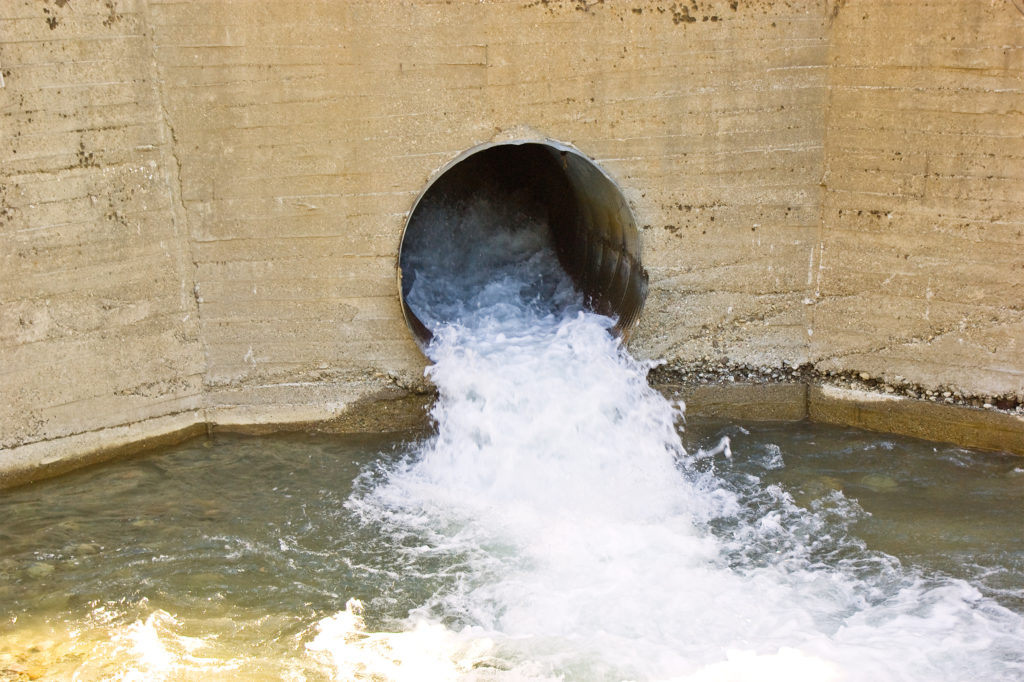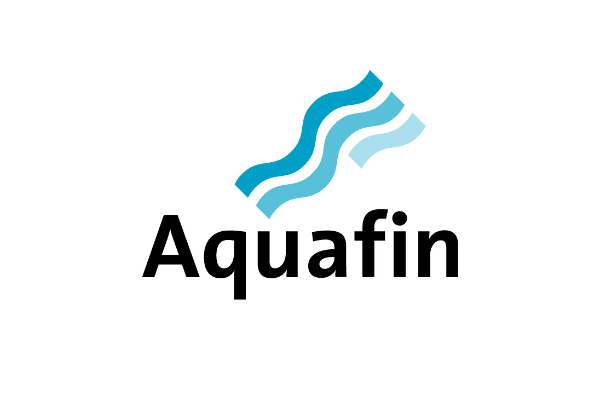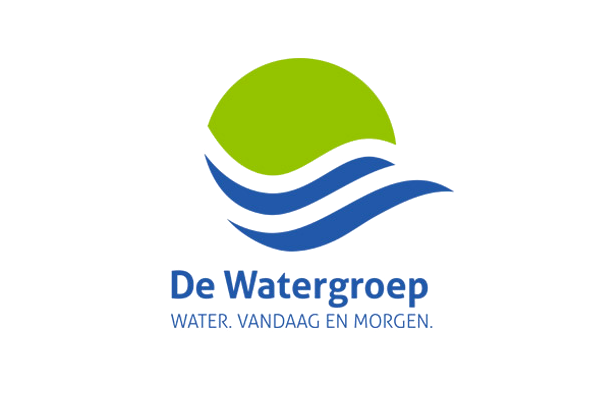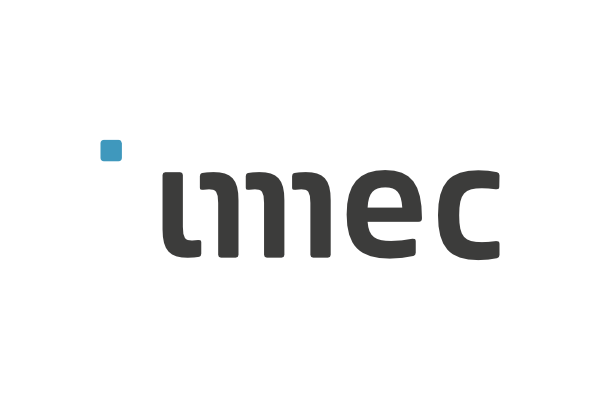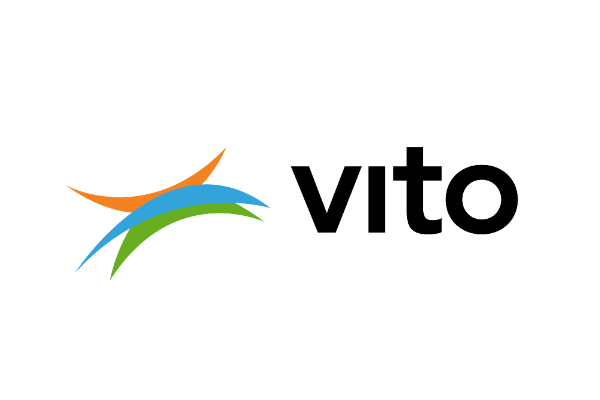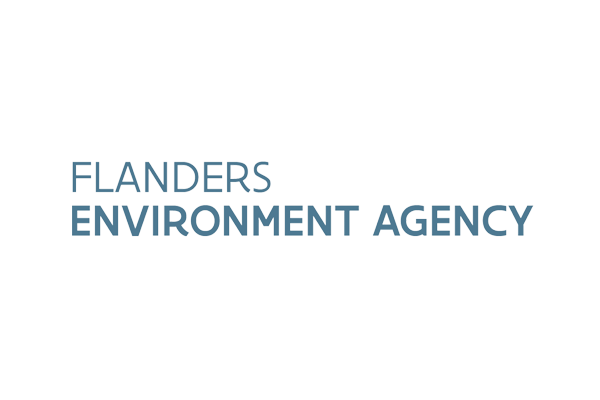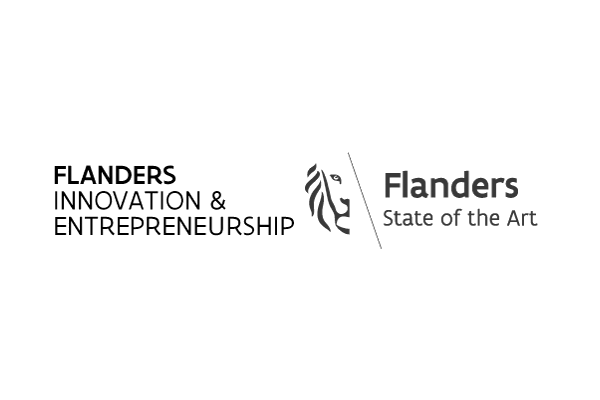Internet of Water Flanders to tackle major challenges
Internet of Water Flanders provides real-time data on specific indicators for water quality to water managers. These data can facilitate new insights and enable a more flexible and ultimately a more optimal water management.
The continuous data stream from sensors feeds into algorithms and hydrological models. This enables water managers to respond immediately to data changes or anomalies. The real-time data streams can help to define the best choices related to the water intake and supply, the reuse of treated wastewater and rainwater, the reuse of effluent for irrigation, the pumping of water in channels, the installation of new buffer basins,…
More specifically, Internet of Water Flanders will also help our region to tackle major water challenges such as salinization and detect impacts of discharges into surface water.
Salinization
Flanders is confronted with the consequences of salinization in its coastal areas, but also near the ports of Antwerp and Ghent.
The groundwater in the coastal and polder areas is naturally salinized due to salt water intrusion in the coastal areas. In these areas we find both fresh, brackish and salt water. Due to drought and low groundwater levels, the salt content in the soil, groundwater and surface water has been steadily increasing.
The salinization maps in Flanders today are snapshots. The Internet of Water Flanders sensors are able to measure in real-time the electrical conductivity (EC) in the water, which is a good indicator of salinization.
What contribution can the Internet of Water Flanders offer in managing salinization?
The finely-meshed sensor network of Internet of Water Flanders allows to:
- map the salinization in surface water and / or groundwater at various locations in the polders
- map the changes in salinization in real-time or over an extended period of time
- monitor salinization as an indicator of drought over an extended period of time
- optimize the water management and the control of the water system in the polders based on changing day-to-day conditions (e.g. high and low water episodes)
- monitor and evaluate the possible impact of surface water use as irrigation water or water for livestock
- study interactions between groundwater and surface water
- make real-time predictions of the state of salinization
- give targeted and detailed advice in the context of crisis management and emergency planning
- evaluate the salinization maps and adjust where possible
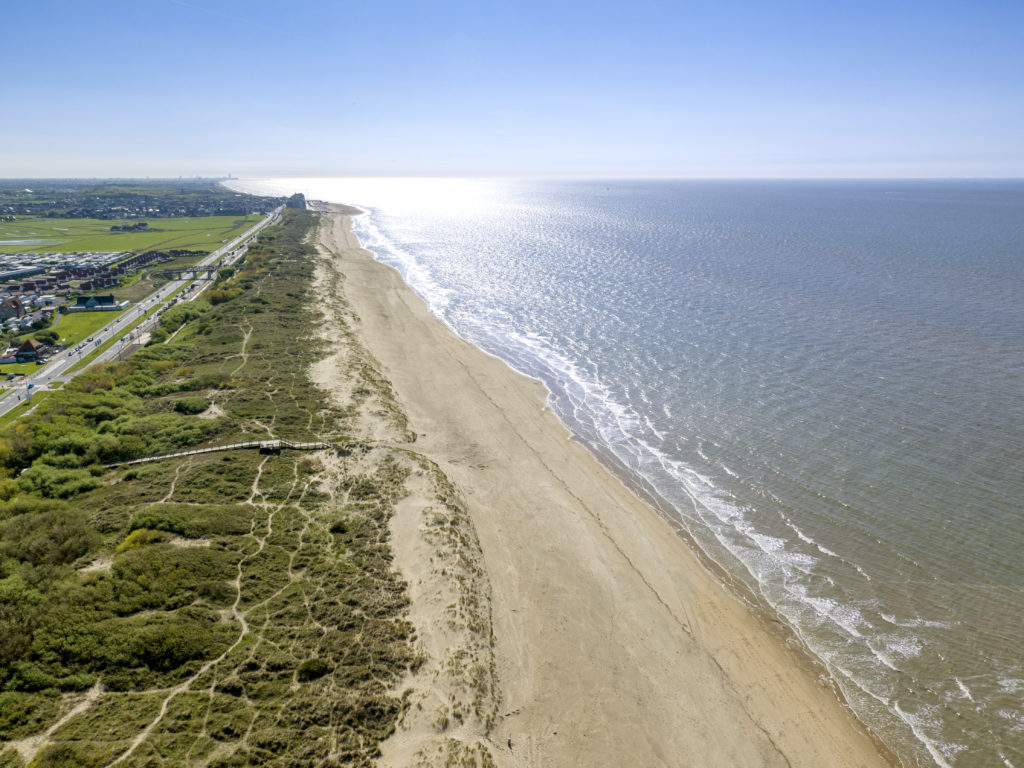
Discharges to surface water
Internet of Water Flanders will enable an effective and real-time monitoring of discharges into surface water. A large-scale sensor network can be a giant step ahead to fight environmental pollution linked to unwanted discharges to surface water. The sensors will not only map the impact of discharges from domestic waste water (WWTP) and industrial waste water, but can also follow up the situation of the overflows and provide automatic notifications in case of accidental discharges or calamities.
Today, all data regarding water quality, sediment, discharges of waste water into surface water and overflows are collected by VMM and made available via the ‘Geoloket Waterkwaliteit’.
What contribution would the Internet of Water Flanders sensors make to monitor discharges?
The Internet of Water Flanders sensors measure electrical conductivity (EC), acidity (pH) and temperature. These parameters only represent a limited number of water quality characteristics, but provide a good indication of the impact of a discharge on surface water. The sensor will monitor both the effluent, the overflows and the receiving watercourses – both upstream and downstream from the discharge point.
Internet of Water Flanders provides:
- a more detailed monitoring network of online sensors for the continuous monitoring of the impact of discharges on water quality
- a much higher measuring frequency and real-time measurements which allows authorities to respond quickly in case of an event or incident
- the possibilities to manage water purification infrastructure in relation to the quality of the effluent and the associated impact on the receiving watercourse
- an additional monitoring network that is complementary to the existing monitoring networks, whereby the Internet of Water Flanders monitoring network can optimize a part of the existing monitoring networks and can also serve to signal incidents and trigger grab sampling for more elaborated water quality analysis
- an evaluation of the usefulness of effluent from wastewater treatment plants in avoiding drought and closing the water cycle. This evaluation takes place in relation to the desired effluent quality and the associated costs
- a real-time prediction of the water quality
- targeted advice in the context of crisis management and emergency planning
- an independent estimate of hydraulic parameters (e.g. streamflow rate) based on the measurement of electrical conductivity (EC) by the Internet of Water Flanders sensors
